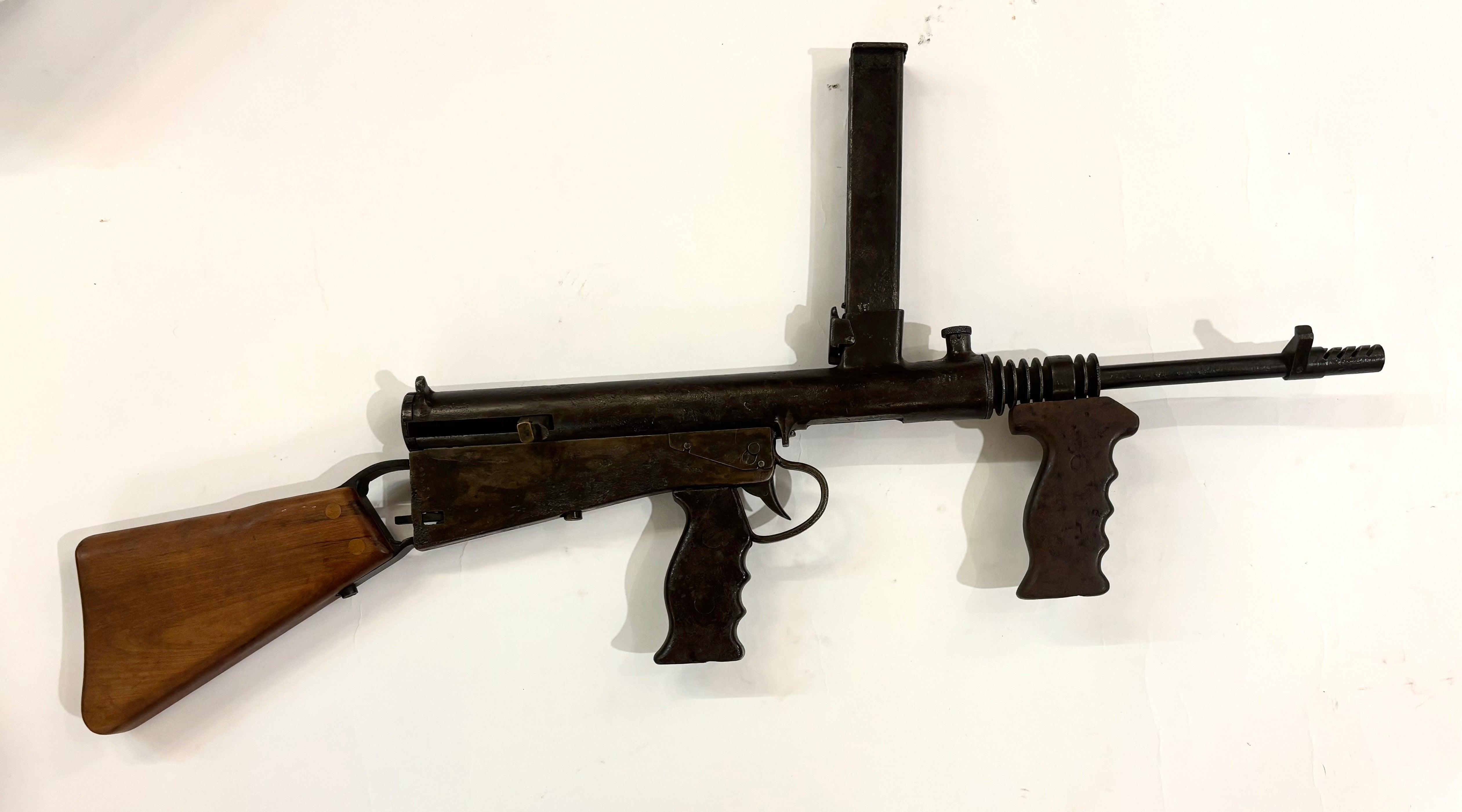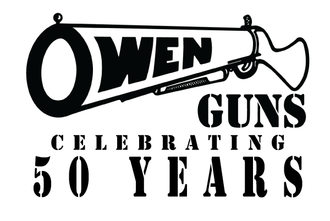
The Owen Gun
This week for Firearm Friday we are showing you the one, the only, the Owen Gun!.

The Owen gun pictured was recovered from a beach (hence its pitted condition) after being washed up from the Pacific Ocean. and is displayed in our museum as a tribute to the men and women lost aboard the Centaur when it was sunk by the Japanese on 14th of May 1943.

The Owen gun, known officially as the Owen machine carbine, is an Australian submachine gun that was designed by Evelyn Owen in 1938. The Owen was the only entirely Australian-designed and constructed service submachine gun of World War II. It was used by the Australian Army from 1942 until 1971.

The Owen gun was created by Australian Army private Evelyn Owen in 1931, who finalised the design in 1938. Owen submitted the design to the Australian military, but was rejected, as they were waiting for the British Sten to finish development. Owen was transferred to the Central Inventions Board. In June 1941, Owen was discharged from the army and began to manufacture the Owen gun. After conducting tests in September that year, the Owen was found to be more accurate and reliable than competing designs such as the Sten and Thompson.

The Owen went into production at the John Lysaght factories at Port Kembla and Newcastle. Between March 1942 and February 1943, Lysaght produced 28,000 Owen guns. However, the initial batch of ammunition turned out to be the wrong type and 10,000 guns could not be supplied with ammunition. Once again the government overrode military bureaucracy, and took the ammunition through the final production stages and into the hands of Australian troops, at that time fighting Japanese forces in New Guinea. Approximately 45,000 Owens were produced from 1942 to 1944.

The Owen gun proved popular with soldiers in the Pacific. New Zealanders fighting in the Guadalcanal and Solomon Islands campaigns swapped their Thompsons for Owens, as they found Owen guns to be more reliable.During the gun's life, its reliability earned it the nickname "Digger's Darling" by Australian troops, and many of the Australian soldiers who had used the Owen came back to personally thank the Lysaght team as they believed the Owen had saved their lives. General Douglas MacArthur considered equipping American troops in the Pacific with the Owen. It was replaced by the F1 submachine gun and, later, the M16.

The Owen has a simple blowback design, firing from an open bolt. It was designed to be fired either from the shoulder or the hip. It is easily recognisable, owing to its unconventional appearance, including the top-mounted magazine, and the side-mounted sight. The placement of the magazine allows gravity to assist the magazine spring in pushing cartridges down, which improves feeding reliability. Another unusual feature is the separate compartment inside the receiver, which isolates the small-diameter bolt from its retracting handle by means of a small bulkhead. This prevents dirt and mud from jamming the bolt, and makes the Owen a highly reliable weapon. The top-mount meant that if mud entered the weapon, it would either fall out on its own, or be pushed out by the magazine spring. The Owen gun was able to continue firing despite being dipped in mud and drenched with sand, while a Sten gun and a Thompson stopped functioning at once. In jungle warfare, where both mud and sand were frequent problems, the Owen gun was highly regarded by the soldiers.















